Canary Islands Desalination Project
Addressing water scarcity with our Canary Islands desalination project
The Canary Islands are among the largest users of desalinated water in Europe, with demand expected to grow due to population growth, agriculture needs and tourism. Currently, desalination supplies approximately 180 million m3/year of water across the islands. The islands’ unique geography and location make them an ideal setting for showcasing our solution.
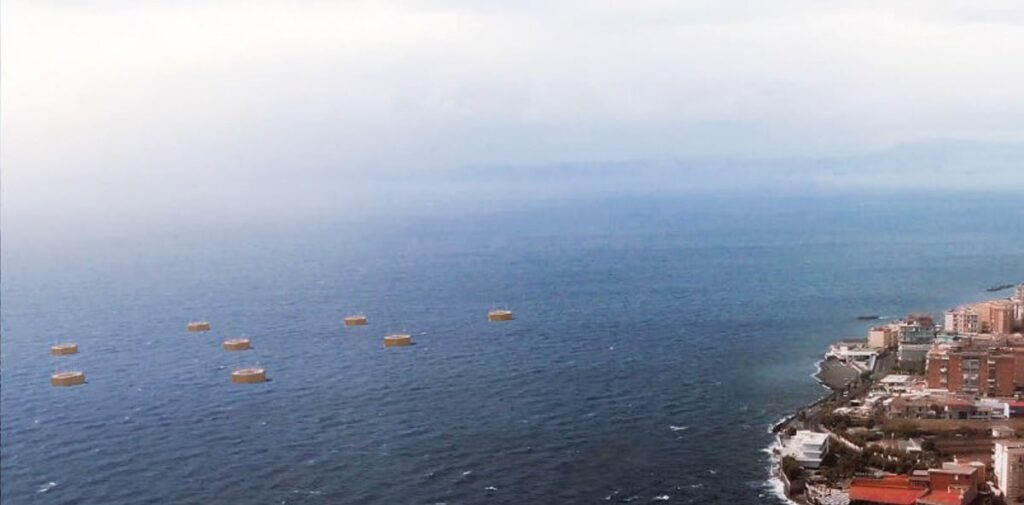
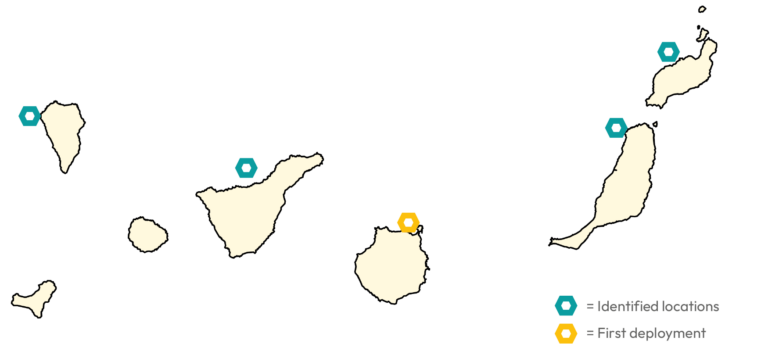
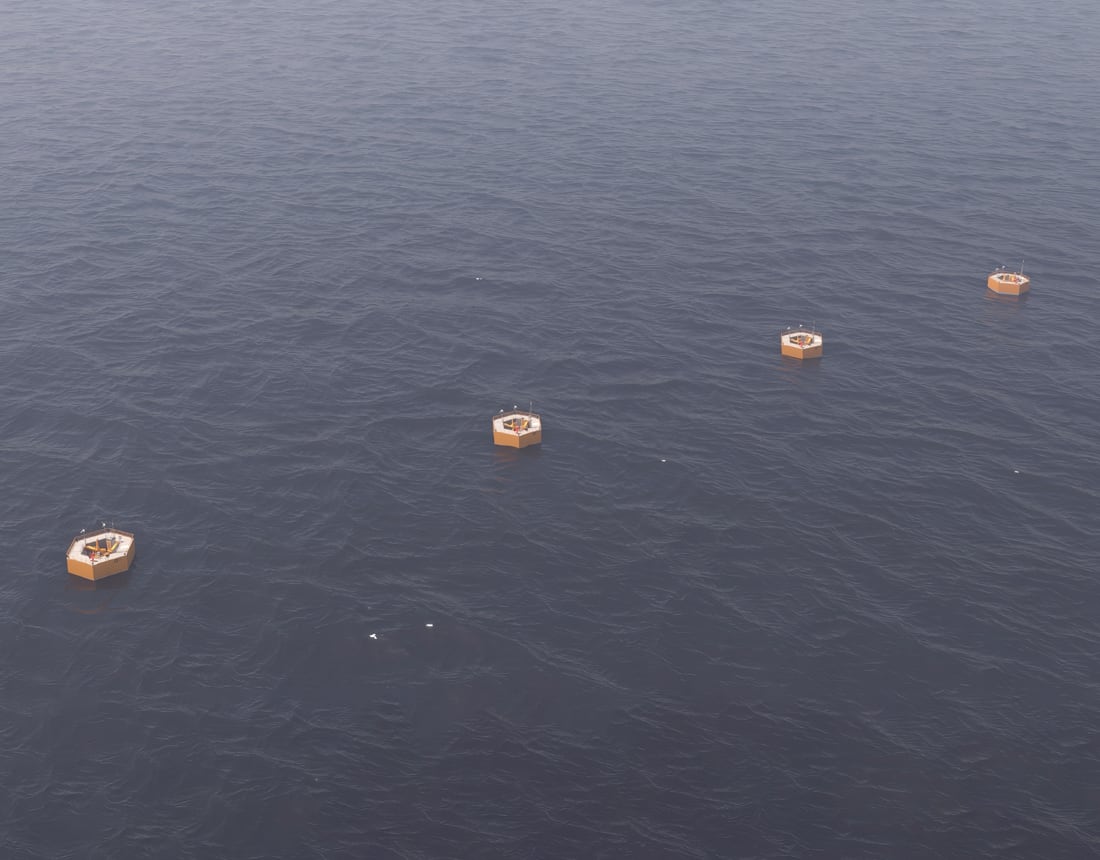
The who, what and why of offshore desalination in Spain
The Canary Islands desalination project began following the testing of our first prototype, GAIA, from the Port of Las Palmas. As we established our presence in the Canary Islands, we identified a clear need for sustainable desalination solutions and brought together the ideal partners to form a consortium. This consortium is now working alongside the local water utility to deliver the first project.
Through this local partnership, we secured €6 million in funding from the European Innovation Council Accelerator, for the DesaLIFE (Desalination for Environmental Sustainability And LIFE) project that will deploy a fleet of buoys in the north of Gran Canaria.
Addressing water scarcity with our Canary Islands desalination project

Desalination ensures a consistent water supply in Spain
The onshore desalination plant will contribute to the implementation and operation phases of DESALIFE by integrating the offshore freshwater produced by the desalination buoys with its own production.
Desalination in Spain continues to play a critical role in ensuring water security. Together with water reuse, desalination is attracting government and private investment to ensure there is a consistent water supply across the country.
Recently, the Secretary of State for Agriculture and Food said that desalination and desalinated waters would be “essential” to achieve environmental sustainability, as well as guaranteeing a water supply to combat drought.
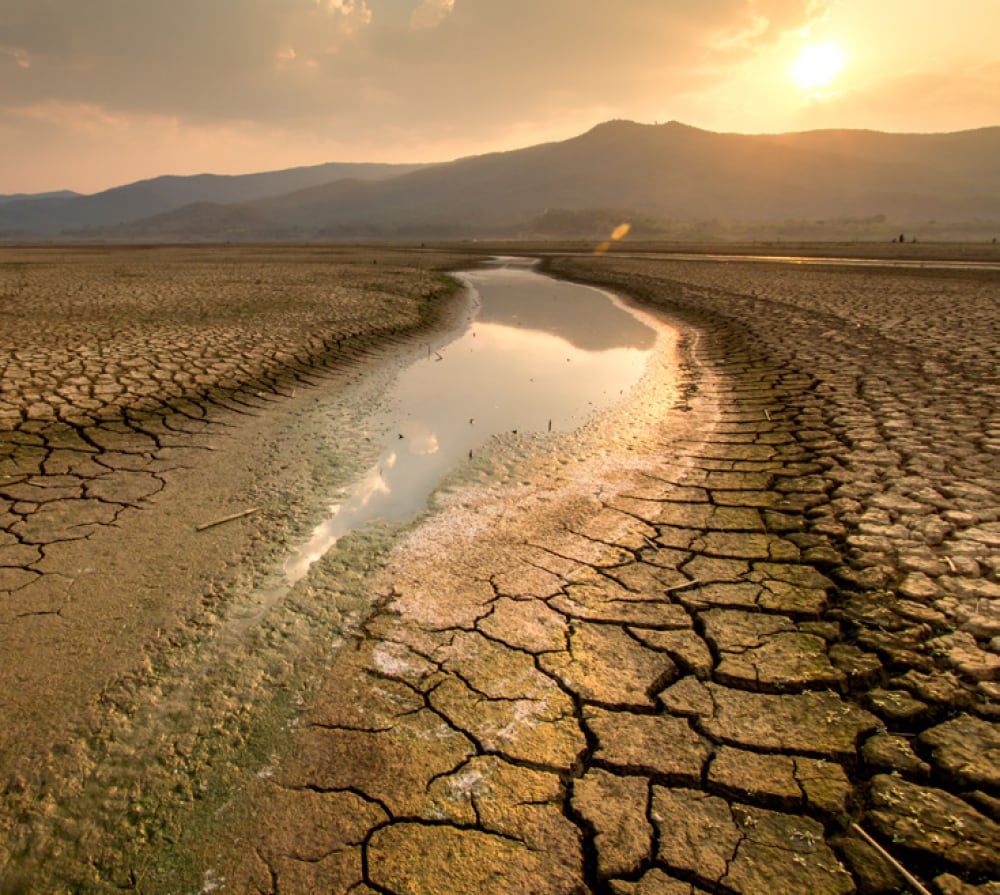
In the Canary Islands, efforts to decarbonize the energy system face significant structural challenges. The insular condition of the archipelago, limited land availability due to competing uses, grid constraints, and high electricity demand from energy-intensive sectors such as desalination, all contribute to a slower and more complex transition. Notably, desalination alone accounts for more than 10% of total electricity consumption in the islands.
In this context, wave power offers promising potential. As a locally available and consistent energy source, wave energy could support off-grid desalination and reduce dependence on fossil fuels, contributing meaningfully to the decarbonization of the water-energy nexus in the islands.
Why our Gran Canaria success matters
Our strategic presence here showcases a solution that coastal communities globally can adopt:
- Proven performance: The GAIA prototype has shown reliable, wave-powered freshwater production under real ocean conditions.
- Zero emissions water production: The system uses direct wave energy to generate freshwater, entirely independent of fossil fuels.
- Local integration: Our Spanish subsidiary serves as a base for deployment, maintenance, and commercial deployment.
- Reduced environmental impact: Offshore solution minimises ecosystem disruption and eliminates harmful brine discharge.
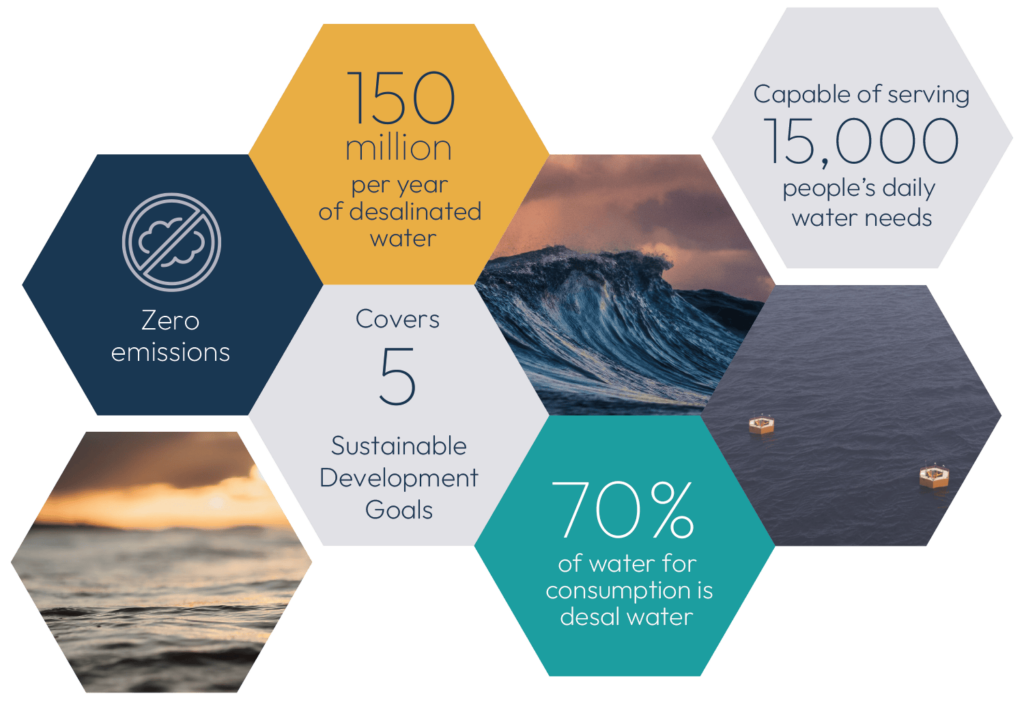
An invitation to water-stressed regions
If your coastal community faces water security challenges, our Gran Canaria project demonstrates how wave-powered technology offers key advantages: It enables an energy secure, off-grid freshwater production independent of existing electricity infrastructure, delivers zero-emissions output with minimal land use, ensures reliable water supply regardless of grid stability or fuel availability, and allows for scalable deployment to meet growing demand.